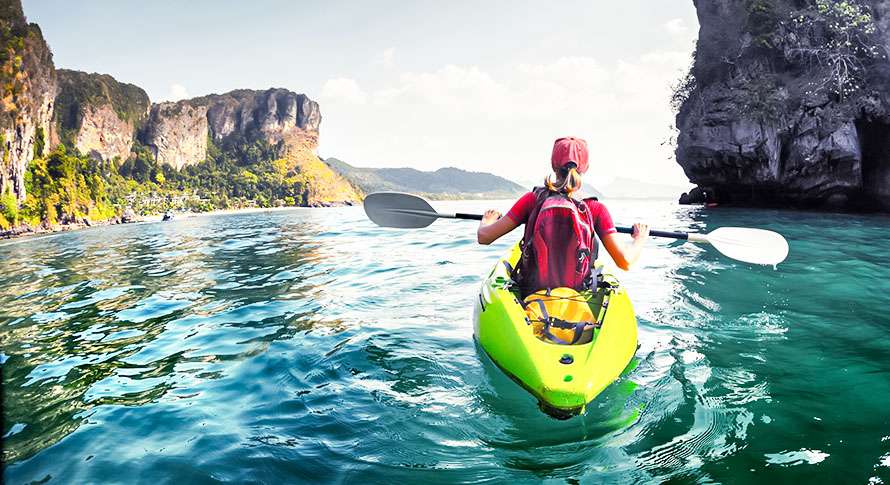S-turns link the three river maneuvers that are the foundation of whitewater kayaking – ferries, peel outs, and eddy turns. They are used to transition from a carving turn in one direction to a carving turn in another and help you take advantage of available features, nature’s slalom course without the gates.
Harnessing river currents to put your canoe exactly where you want it is the kayaker’s goal. Get into the mindset of “playing the river” as you “run the river.”
Uses: Moving across an eddy or current, safe eddy to safe eddy, shore to shore, wave surf to hole surf, and to scout and avoid hazards
P. A. L. M. S.
Position: Set up the canoe for generating adequate speed. Start low in the eddy, and then set your angle at the exit point.
Angle
As you cross the eddy line, set an appropriate upstream angle with a ferry, and then open the angle—determined by your target destination feature—downstream. As you approach your target destination, transition edges by setting the hull flat and switching to the other edge as you lock in the approach angle toward the target eddy.
Lean
Look into the turn and lean into the turn, similar to riding a bike. Lean the canoe, not your body (J lean). The boat lean shift (transition from downstream edge to upstream edge) makes this maneuver one of the most dynamic and exciting in canoeing.
Momentum
Carry your speed out of the eddy into a controlled carving, arcing turn, and transition to the other edge while maintaining your hull speed. Visualize your moves a step ahead for a fluid, graceful maneuver.
Strokes
Use forward and cross-forward strokes on the inside of the turn. This enables the hull to track, carving an arc to your paddling side. Stern prys and stern draws help you set and maintain proper angle. Stationary draws help you tighten your turns on eddy turns and peel outs.
Sphere of Awareness
As you “play the river,” be cognizant of what is going on around you: river traffic, environmental issues, safety concerns, and general trip awareness. Know how your plan will fit in with the flow.

